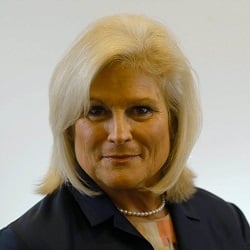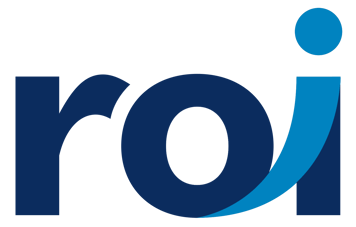
Dana Spencer
Client Services Executive
Dana is a seasoned Healthcare IT Program Manager. She is an expert in software solutions delivery and services that improve patient care, clinical outcomes, and maximize organizational performance. Dana's experience in strategic and tactical planning, process redesign, change management, and executive relationship management has yielded years of repeated success in the deployment of solutions in multi-size enterprise environments.
- How long have you been in project/ program management?
25 years. - How would you describe your communication and leadership style?
It’s a combination of styles depending on the situation and the personality of the person I’m managing or mentoring. My style can be visionary, coaching, affiliative and democratic depending on the current project and climate. At times I do need to be commanding, but for the most part, I manage with a spirit of cooperation and collaboration taking into account the needs or current responsibilities of the collective group or an individual. - What is your personal project management philosophy?
Leveraging your institutional experience allows you to use a lessons learned approach; understanding that EVERYTHING impacts patients.
Make sure you have all your facts before you make a decision. - What clinical, quality, and operational metrics do you use to determine project success?
So many…but there are specific SLA’s that are measured in our roles as Legacy Support analysts and PM’s. These metrics include, but are not limited to: Response Time, Resolution Time, Customer Satisfaction, and Overall System Stability (%). - Tell me about a specific project you led. Describe the organization. What were some of the project complexities, and how did your team manage these complexities?
I am the Legacy Support Manager for a large health system in the North Atlanta/ North GA area. We have two acute care facilities covering a wide range of services, including a Level II Trauma Center. We also have about 30 physician practices in the area.
We manage the complexities by always evaluating the types of issues and the impact they have first on patient safety, and next by how many users are impacted by each issue. This is an ongoing, day-by-day, hour-by-hour, minute-by-minute process.
Depending on the situation or need, I help drive the project priorities by working with the leadership team and defining which projects are the most critical. As this list changes on a daily basis, we communicate frequently as a team to come up with a plan to meet demands. Our biggest challenge is the volume of ever-evolving priorities. Nothing ever gets taken off the list; just added.
- How do you deal with the constant change driven by the rigorous healthcare regulations? How does government policy influence the way you manage healthcare IT projects?
Government policy many times dictates that we need to make changes to our applications, workflows, etc. They typically have hard due dates to task completion. We just manage and adjust priorities and communicate that impact. I facilitate the who, what, and how with the team, based on the information provided to me by leadership.
No matter the regulatory pressure, I work directly with leadership to define the goal and priority of the tasks or issue resolutions.
Then, I meet with the team to determine the best way to approach and how we can work together to get the task completed. - What do you think is a key characteristic of a great project manager?
It’s difficult to narrow it down. There are a few characteristics that stand out as critical:
Being a great listener and communicator. Being fair in balancing the needs of all team members in light of the workload and being quick to respond when critical issues exist. Staying to the end with the team to complete critical issues and when challenging projects get overwhelming to team members. - What are some of the gaps you have identified at various healthcare organizations, that created the need to engage project managers?
Lack of accountability, overall disorganization in all areas when engaging the appropriate resources and leadership sponsors.
Working with a project that is basically siloed and having to educate others on the impact and risks associated with the project under review.
- How has the shift from fee-for-service to value-based medicine changed the way healthcare clients leverage project leadership?
We must be patient focused. Leadership must better understand, not just the technology, but the impact of the shift to improving population health while addressing all the cost and reimbursement factors.
There is an increased need to globally understand how technologies can work together to streamline the delivery of healthcare to patients via telemedicine, from the doctor’s office to the acute care facility, to long term care.
Those who lead these projects need to develop a wide understanding of the workflow of all types of services and how to break down the silos and share patient information across the many disciplines. - What are some of the advantages/ disadvantages to managing projects with considerations for new healthcare technologies, specifically Big Data, Artificial/ Augmented Intelligence, Cloud, Population Health, and Blockchain?
Well, there are a lot of new things to learn! These are exciting times, but there are limited SME’s in these areas. We all need to gain a greater understanding of how these technologies work and the benefits of each to apply them appropriately in the healthcare delivery system.
- What advice would you give to a new healthcare project manager?
Listen, learn… roll your sleeves up!

